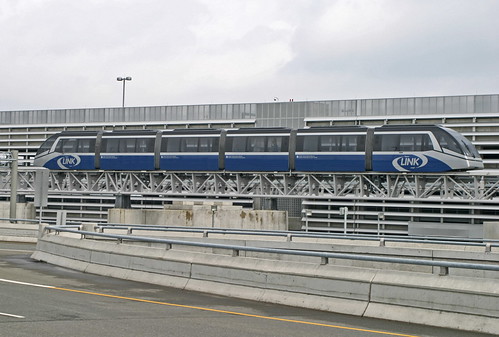I CAN’T SEE THE DIFFERENCE, CAN YOU SEE THE DIFFERENCE?
As some people know, there’s a huge subset of bottom-supported cable transit in the form of Cable Cars & Funiculars. Yet it’s a topic I’ve not given much attention to so far. Here’s why:
It’s hard to get people’s attention with Cable Cars. Urban Gondolas? Much simpler.
Back in March I was interviewed for an online news magazine called The Mark News. Bizarrely, as I was talking about bottom-supported systems; the following image was shown:
This picture is from The Gondola Project, but it’s not of a cable transit system. It is, in fact, aMonorail (they kindly re-edited the piece correcting for the error). Is it a big error? I’d say so. But it was also completely understandable. After all, this is what most Cable Car systems look like today:
I can’t see the difference, can you see the difference?
The reason gondolas grab people’s attention is because they look different immediately. You don’t need to understand the nuances between cable-propelled trains versus self-propelled trains. With a gondola, you see the cable and it’s up in the air. You don’t need an explanation. That’s both their blessing and their curse: Gondolas look so different from any other form of transit they can quickly arouse fear and suspicion in people. But they can also inspire curiosity.
One way or another, at least people pay attention.
The challenge the Cable Car industry faces is how to differentiate their technology from Automated People Movers (APM), Monorails and Light Rail. Because right now, most people don’t even know there’s a difference.


Nincsenek megjegyzések:
Megjegyzés küldése